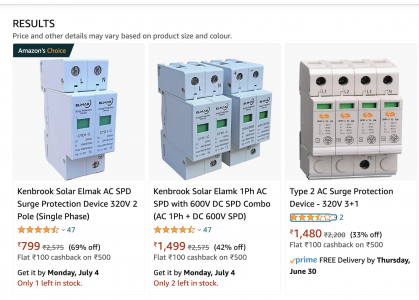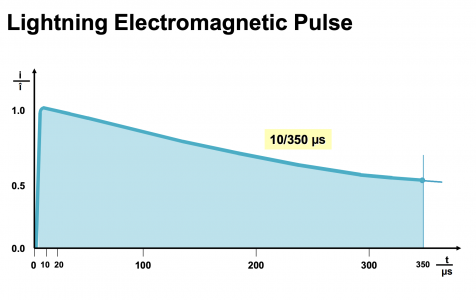Thanks a lot for your quick response, mate!

for handing power outage I have an Inverter with 150ah batteries which I've got it connected to the entire household, except for heavy items like AC, geyser obviously..
Pain point is - i am facing extreme fluctuations and low voltage issues (dips down to 130v, at times) time and again which makes the AVR to get restart randomly though connected to a 2kva Servo, thus beating the purpose.
When i checked up for a solution, I've had 2 options:
1. to go with an Online UPS (cost effective),
2. get a Static voltage stabilizer for 1kva & connect HT system OR get a 5kva and connect to the entire household barring heavy items (super expensive).
I am kinda confused on choosing one, but leaning towards to the OnlineUPS slowly.
Ppl told me that there would not be any delay in the response time wrt to an Online UPS, so it could potentially stop the random restart issue against the servo which is comparatively slower to respond to fluctuations.
Is this claim true..? Have you faced any such incidents/issues?



